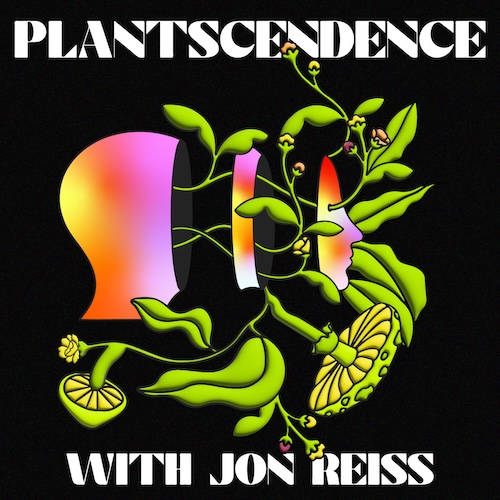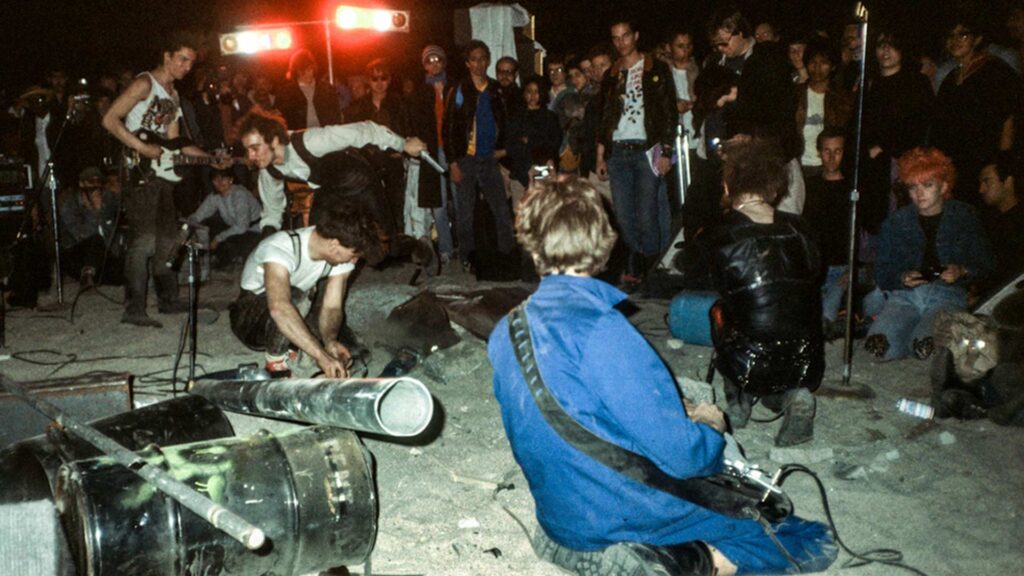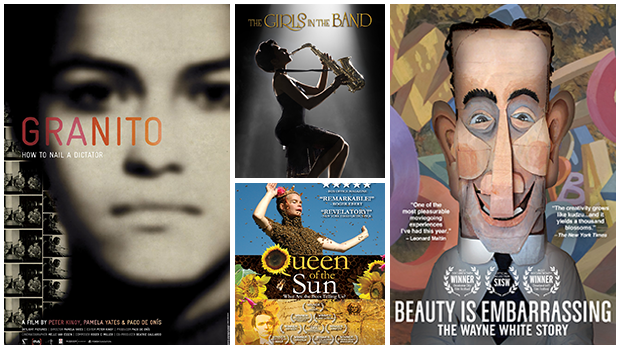Plantscendence: Psychedelic Review Marketing

My new podcast about people’s most transformative psychedelic experiences, Plantscendence, just launched today on Apple Podast, Spotify, iHeart. We launch three episodes today and then one a week for the next seven weeks for our first 10 episode season. To learn more why I was inspired to start the podcast and about some of our guests take a listen to the teaser/trailer. Click […]
Desolation Center’s Innovative VOD Release Strategy and Practice

Photo: Einsturzende Neubuaten, By: Fredrik Nilsen Stuart Swezey’s Desolation Center, a story of the Reagan-era desert performances featuring Sonic Youth, The Minutemen, Redd Kross, Meat Puppets, Einstürzende Neubauten & Savage Republic that influenced some of the world’s most famous music festivals (Burning Man, Lollapalooza, Coachella), launches tomorrow on VOD after finishing a 50+ city theatrical […]
Hybrid Cinema News
A Busy November This past month has been a whirlwind of travel! I kicked off November in Toronto from the 1st – 7th for the Parliament of World Religions (this was for one of our projects – but I am getting quite a few spiritually oriented projects lately). Then it was on to NYC for […]
Creative Distribution and Audience Engagement post-Cambridge Analytica
This Wednesday at 12:45pm most people will be scrambling to get to their coveted lunch break. They’ll sit on a bench outside, breathing their allotted 30 minutes of fresh air, holding a faux-turkey sandwich in one hand and their cell phone in the other. As they scroll through Facebook, trying not to drip mustard on […]
How to Craft a Marketing and Distribution Plan That’s Right for You
Here is a post published by FIND after the marketing presentation I made at Film Independent in August. by KIMBERLY MARCELA DURON So! You have a great idea for a film. Even better: the pieces are coming together for the film to actually be produced. While you’re thinking about things like funding, filling key positions and casting, […]
Facebook Live: My work with NIN and Artistic Integrity
I often have clients come to me at various stages of their projects with concerns about how to keep their artistic integrity when certain decisions are being made about their films. I recently did a Facebook Live to talk about this issue while telling you some personal stories from my career. Check it out below and […]
Romania Interviews

I just got the links to the TV and Radio interviews that I did while in Romania. We talked a lot about distribution and marketing within the film industry, and how that relates to all art forms – specifically in Romania. Check them out below. Digi TV Romanian State Television Radio Cultural
Off to Romania!

Tonight I’ll be heading off to Romania as an “expert” for the American Film Showcase. The AFS is a cultural exchange organization that uses film education across the world as a means to opening a dialogue about important contemporary issues. I’m very excited to work with this great organization, and to visit such a fascinating […]
Distribution Transparency: Four Filmmakers Give Up the Gold Pt 2

Wednesday’s post looked at Neil Berkeley and Judy Chaikin as two filmmakers who wanted to create a theatrical release for their films to boost visibility, increase ancillary value and learn for themselves how to operate in the new hybrid model of distribution and marketing. Today we will look at Paco de Onís the company Skylight […]
Distribution Transparency: Four Filmmakers Reveal Their Distribution Numbers, Part One

Alternative distribution models are no longer the experiment, but are now the norm for the vast majority of filmmakers. However because of a variety of reasons, including not least contract obligations and a fear that exposing numbers may not show the filmmaker in the best light, many filmmakers have been reticent to give out […]